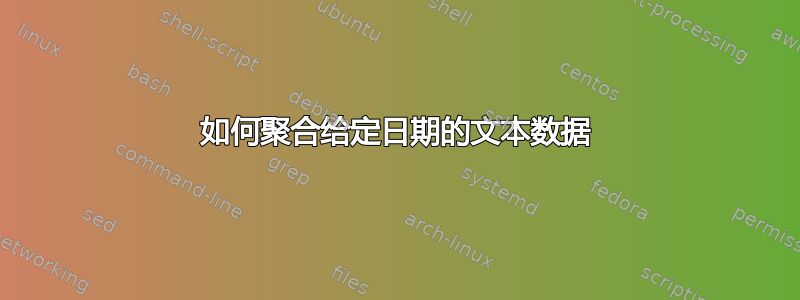
我正在创建一个 Excel 数据库,用于 1) 跟踪小时数和 2) 跟踪事件类型。在 Sheet1 中,我输入给定日期的单个事件和花费的分钟数。我的目标是让 Sheet2 进行合并。
工作表1
| 日期 | 事件类型 | 花费时间(分钟) |
|---|---|---|
| 2021-12-09 | 行政 | 10 |
| 2021-12-09 | 理事会会议 | 60 |
| 2021-12-05 | 社区服务 | 90 |
| 2021-12-05 | 行政 | 10 |
| 2021-12-05 | 准备 | 5 |
工作表2
| 日期 | 活动 | 总时间 (时:分) |
|---|---|---|
| 2021-12-09 | 行政、理事会会议 | 01:10 |
| 2021-12-05 | 行政、社区服务、预科 | 01:45 |
我知道如何利用 SUMIF 完成 Sheet2!C2:C3,但是如何完成 Sheet2!B?
非常感谢
答案1
答案2
如果您没有 Office 365,则可以使用Power QueryWindows Excel 2010+ 中提供的获取所需的输出
- 选择原始表格中的某个单元格
Data => Get&Transform => From Table/Range- 当 PQ UI 打开时,导航至
Home => Advanced Editor - 记下代码第 2 行的表名称。
- 用以下代码替换现有代码M 代码以下
- 将粘贴代码第 2 行的表名更改为您的“真实”表名
- 检查任何注释以及窗口
Applied Steps,以更好地理解算法和步骤
M 代码
let
Source = Excel.CurrentWorkbook(){[Name="Table24"]}[Content],
//set data types
#"Changed Type" = Table.TransformColumnTypes(Source,{
{"Date", type date}, {"Event Type", type text},
{"Time Spent (Minutes)", Int64.Type}}),
//Group by Date
// Aggregate by concatenating Event Type text and SUMming Minutes
// (change minutes => duration to get desired output format
#"Grouped Rows" = Table.Group(#"Changed Type", {"Date"}, {
{"Event Type", each Text.Combine(List.Sort([Event Type]),", "), type nullable text},
{"Time Spent (Minutes)", each #duration(0,0,List.Sum([#"Time Spent (Minutes)"]),0), type nullable duration}
})
in
#"Grouped Rows"




